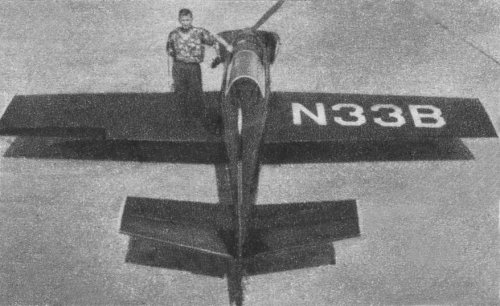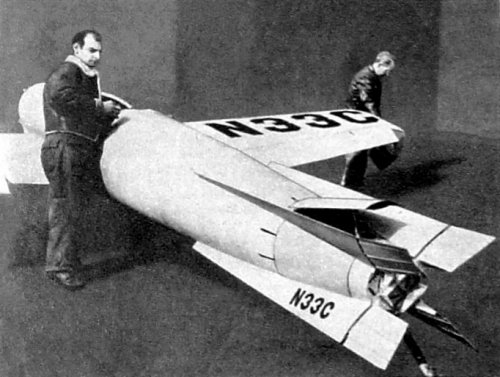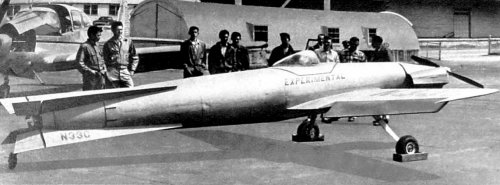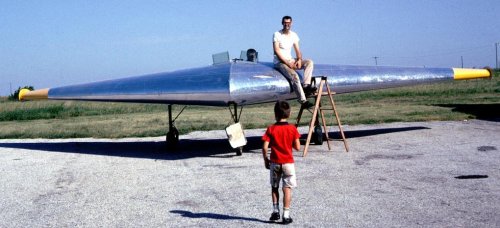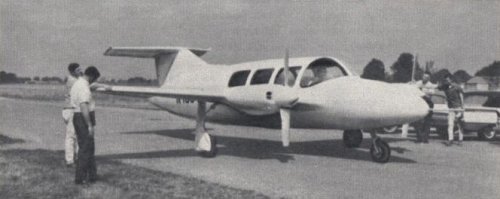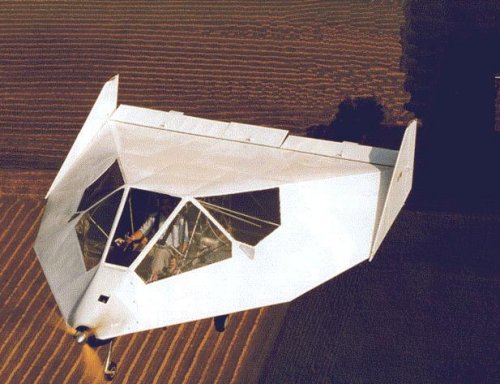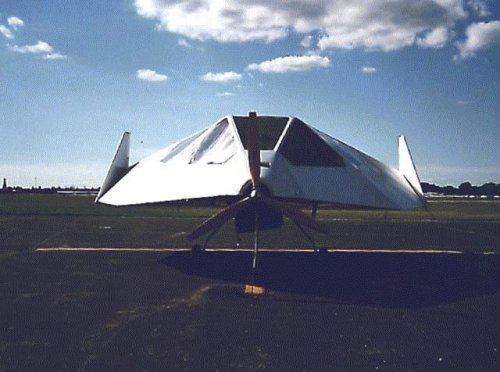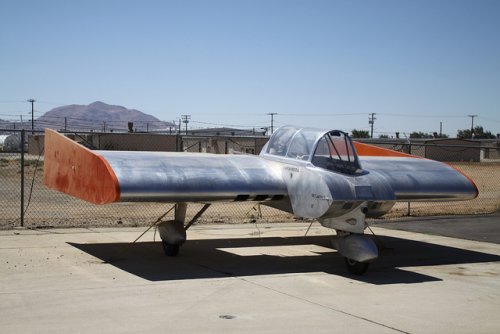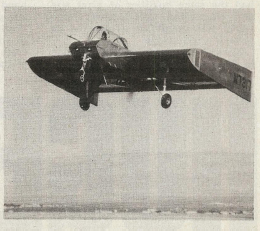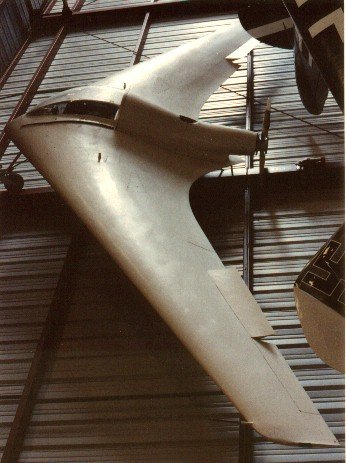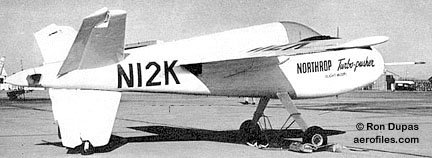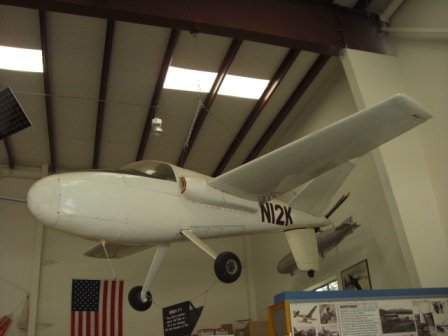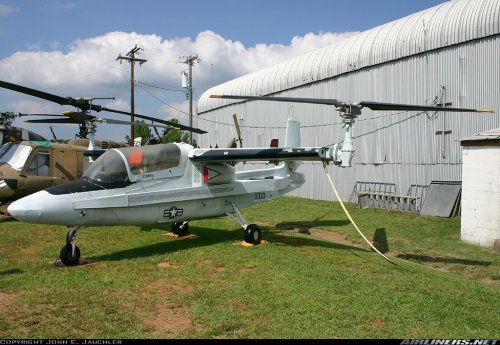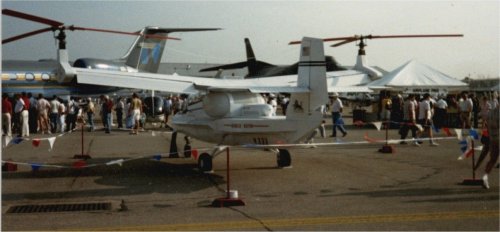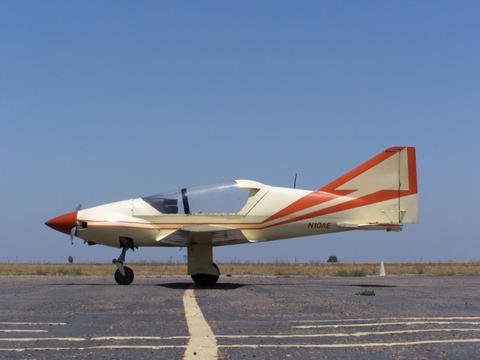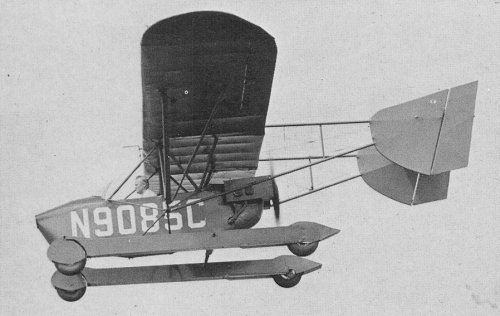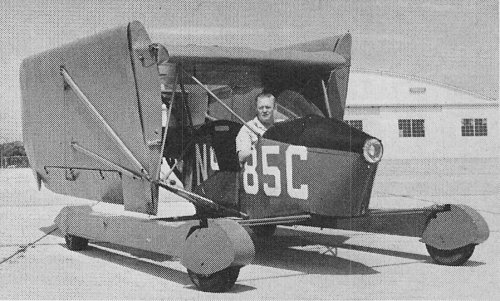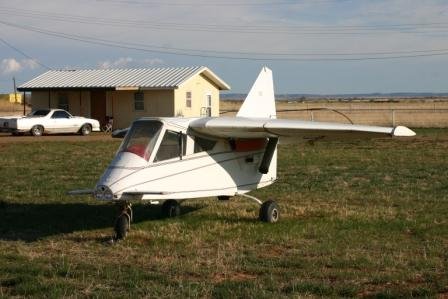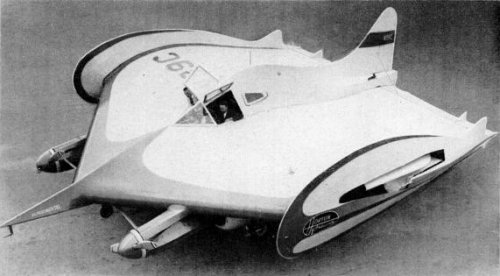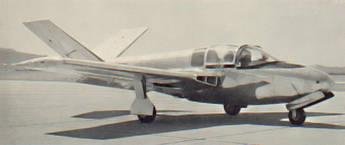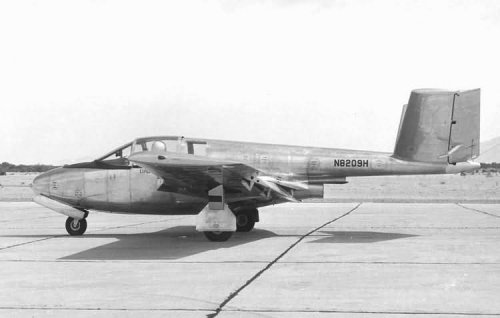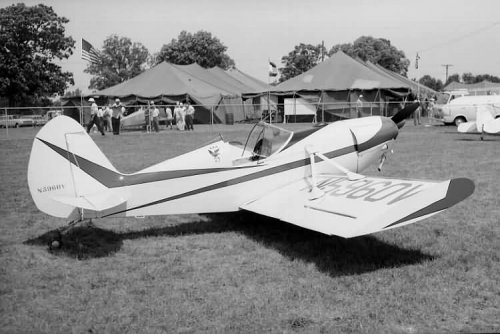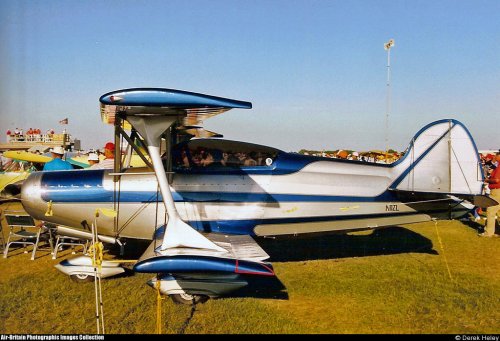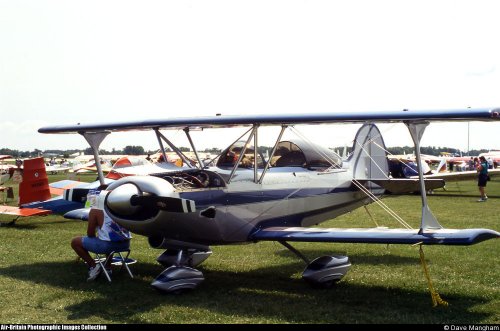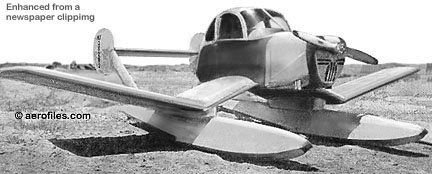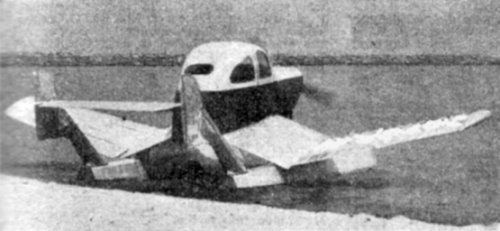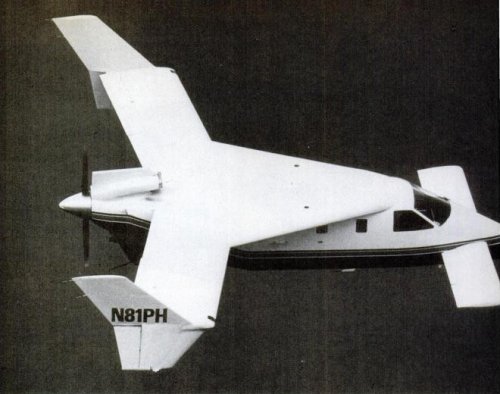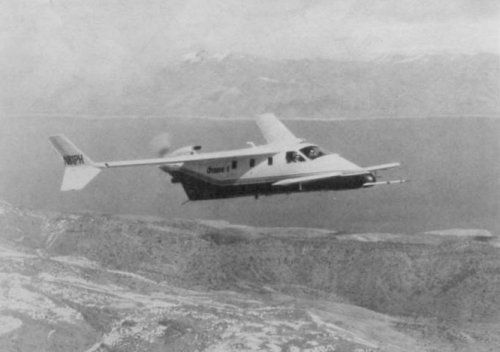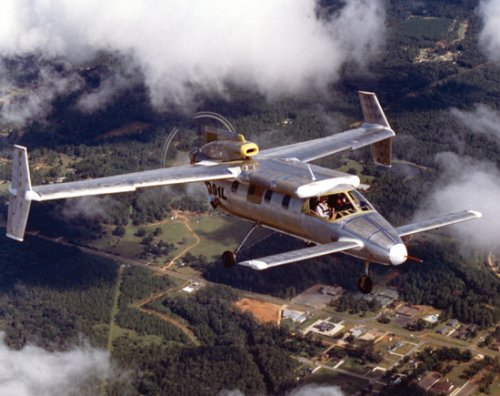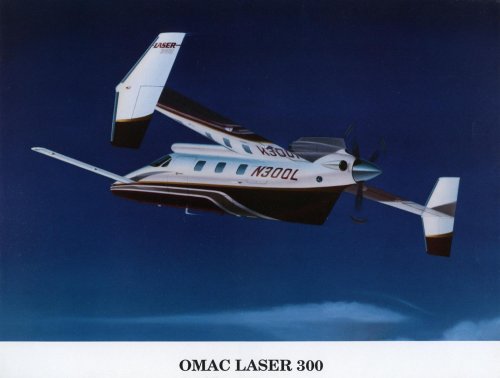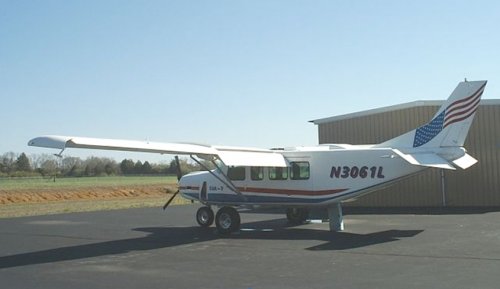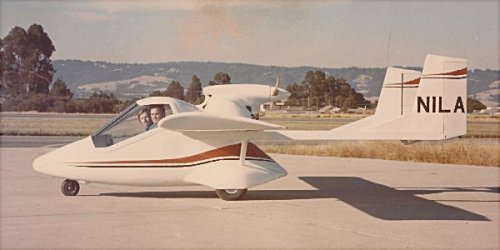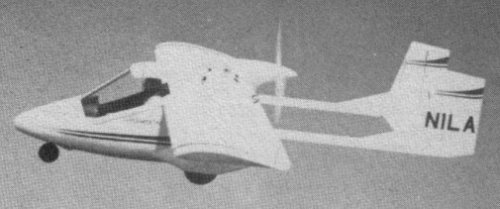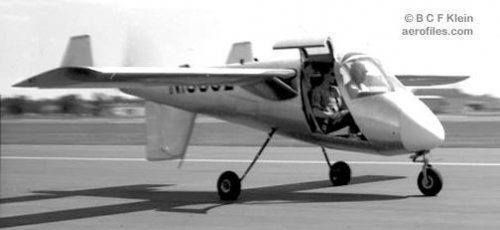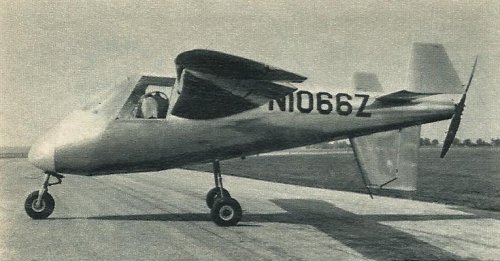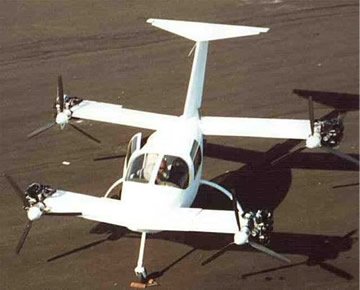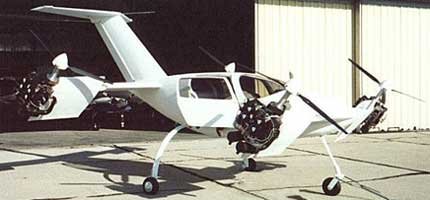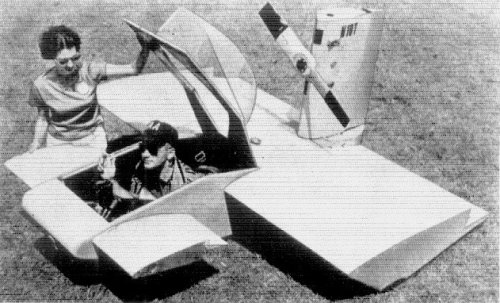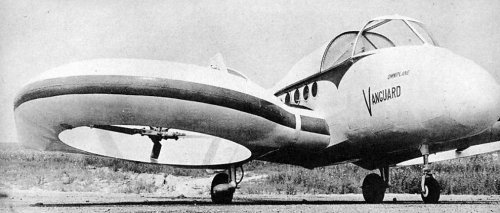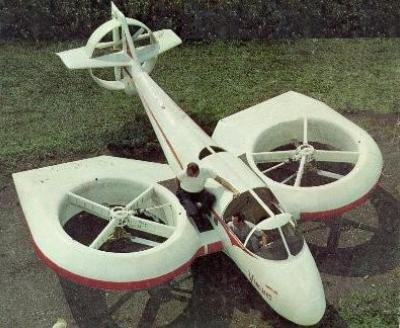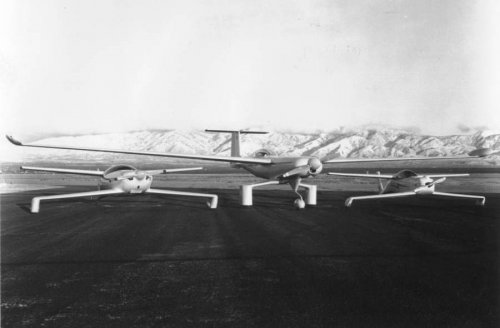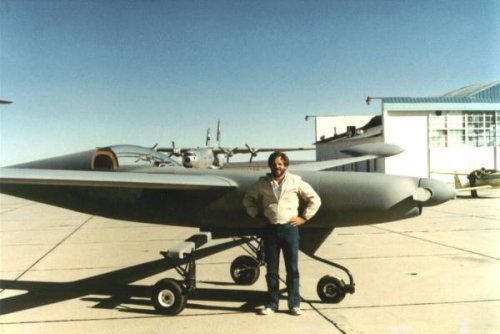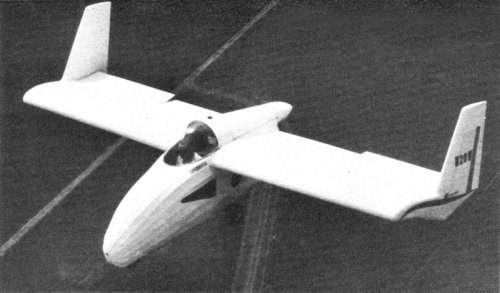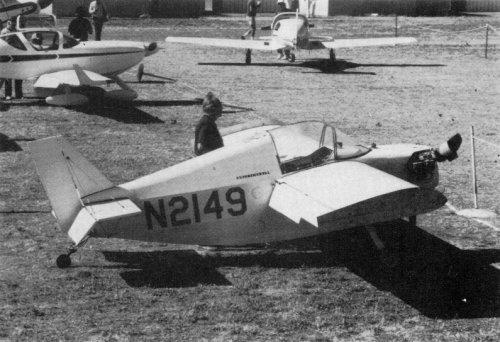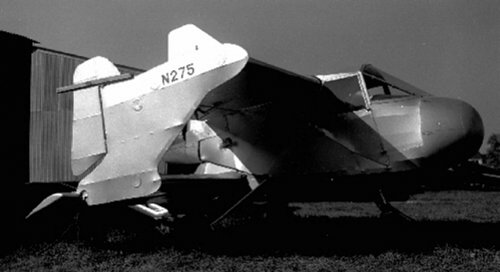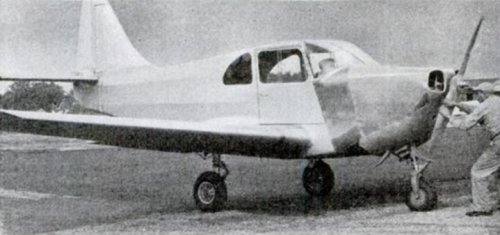- Joined
- 25 June 2009
- Messages
- 14,141
- Reaction score
- 4,332
No other country has seen as many aircraft designs as the United States.
Apart from those emanating from the big industrial companies, many of these have largely fallen into oblivion... Sometimes they appear in a corner of an old magazine and we think "Wow! Never heard about THAT ONE!", and obviously the more types we know, the more there seems to still discover...
I'm starting this topic with the purpose of it being a place to regroup all these isolated and worthwhile prototypes, mostly homebuilts. Let's not post types from major companies here, only from small businesses or individuals.
PLEASE can we stick to this rule: ONE TYPE = ONE POST? This way it will be easier to move posts around when/if a separate topic becomes justified.
Let's also apply this principle to our replies, so that if we reply about a certain type, we 1°) quote from the original post (which could be a few posts/pages before) and 2°) reply ONLY about that type. If multiply replies are needed, let's reply under separate posts. Thanks in advance!
I'm starting with the next post..
Apart from those emanating from the big industrial companies, many of these have largely fallen into oblivion... Sometimes they appear in a corner of an old magazine and we think "Wow! Never heard about THAT ONE!", and obviously the more types we know, the more there seems to still discover...
I'm starting this topic with the purpose of it being a place to regroup all these isolated and worthwhile prototypes, mostly homebuilts. Let's not post types from major companies here, only from small businesses or individuals.
PLEASE can we stick to this rule: ONE TYPE = ONE POST? This way it will be easier to move posts around when/if a separate topic becomes justified.
Let's also apply this principle to our replies, so that if we reply about a certain type, we 1°) quote from the original post (which could be a few posts/pages before) and 2°) reply ONLY about that type. If multiply replies are needed, let's reply under separate posts. Thanks in advance!
I'm starting with the next post..
Last edited by a moderator:

![Option Air Acapella 100L [N360CB].jpg](/data/attachments/82/82963-fecf7710662a8a0984e5ef09aa2f14f6.jpg)
![Aero-Dynamics Sparrow Hawk [N5832M].jpg](/data/attachments/82/82964-746d9d20362e88faa3e6f613b09b1c17.jpg)
![Ward RA Super BD-4 [N62RW].jpg](/data/attachments/82/82965-f8c0609a89aaca9f01557b78233bf93a.jpg)
![Miller biplane [NC575W].jpg](/data/attachments/82/82966-035e4a104c3bf12d92e2a05d892fa6db.jpg)

